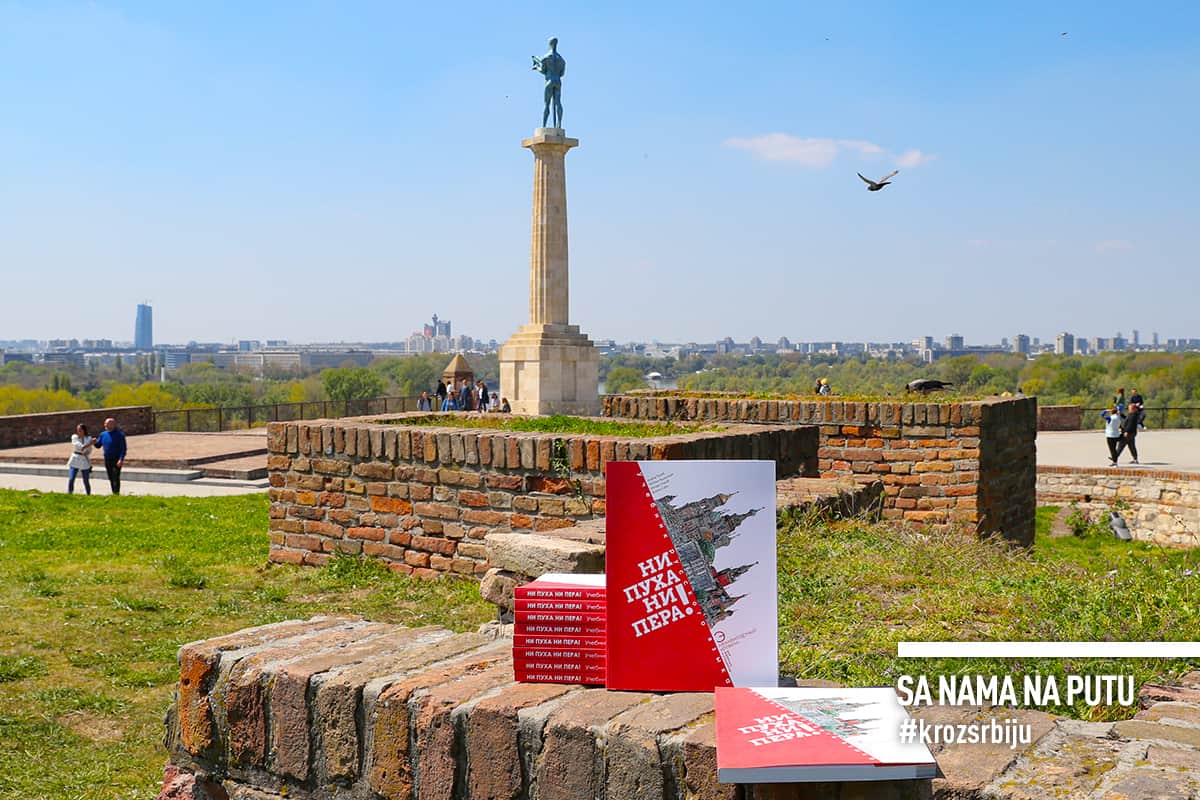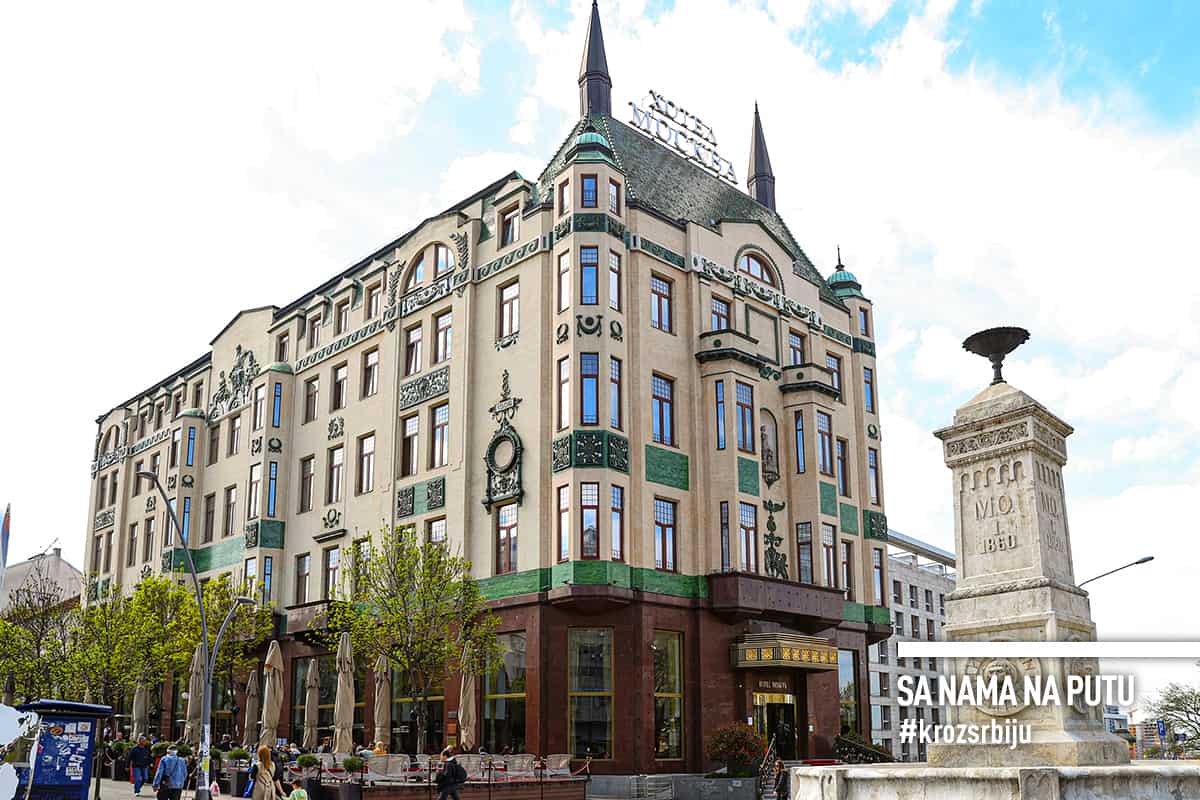
8 Reasons to become acquainted with Russian heritage in Belgrade
We are hundreds of miles apart. Not much similar, but related for centuries. The depth of interconnection between two nationalities is not easily discernible. In addition to religion, culture, history, tribulations, wars, etc., a kind of a secret relation between Russian and Serbs has been developed. Some people consider it even mystical. Friendship may be as such too. Serbia has proven it after the October revolution, when a large number of Russians, particularly members of nobility and intellectual elite were leaving their homeland. Many of them fled to Serbia where they were accepted as near kins, unconditionally. The Russians needed a sanctuary and home, and Serbia, which had been demolished and devastated by wars, needed help. And it got it. As good as possible. Educated doctors, engineers, scientists, artists, etc. Many future Serbian intellectuals owe their knowledge mostly to Russian professors, and Belgrade owes eternal gratitude to Russian builders.
Why become acquainted with Russian heritage in Belgrade?
1. Because Krasnov built magnificent edifices
He was born in Podmoskovye. He graduated from Moscow School of Painting, Sculpture and Architecture. In 1922, Nikolay arrived in the capital of Serbia upon the invitation of the Union of Russian Engineers and Technicians of the Kingdom of Serbs, Croats and Slovenes.
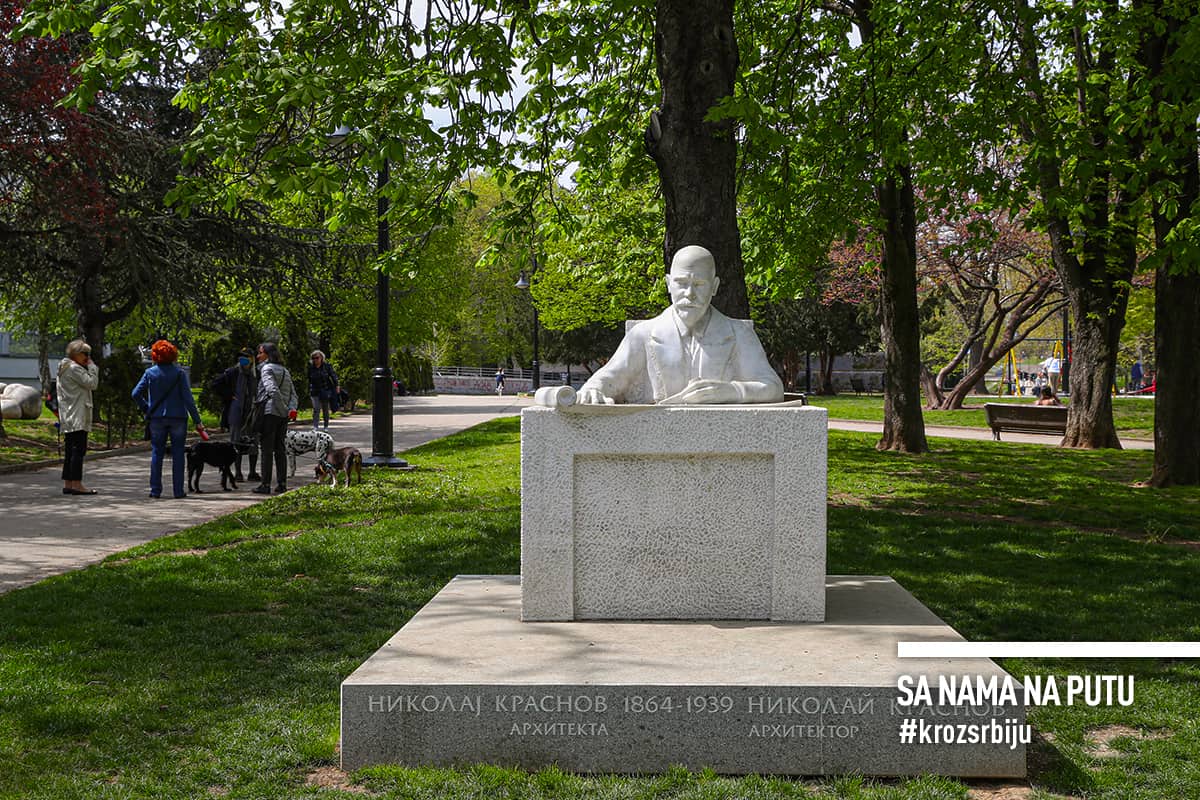
The most romantic church of Belgrade, Ružica in Kalemegdan Park, demolished in 1915 during the Austrian attack, was reconstructed according to Krasnov’s design. Two bronze sculptures made of war materials – a Serbian infantryman from WWI and the Balkan Wars, and a knight from the period of King Dušan’s reign are guarding the church. “Design by Nikola” is the way he signed his projects using the Serbian equivalent name. He realised his talent for the monumental and decorative through the Archive of Serbia, the first building constructed for this purpose in the Balkans, and the Yugoslav Drama Theatre building, which does not look now like former Menjaž. He provided today’s buildings of the Government of Serbia and the Ministry of Finance with his recognisable hallmark. He participated in decorating the Royal Palace and park in Dedinje. He did the interior decorating of the House of the National Assembly to the smallest detail. Monumental staircase, marble floor, luxurious dome. Representative diplomatic reception room, with silk wallpapers, white wood wall panelling and furniture to match. Expensive, classy, rich. Like the Russian Empire.
He was buried in the Russian section of the New Cemetery in Belgrade. A street in Vračar Municipality has been named after him. A monument has been built to him In Mali Tašmajdan Park. Many Krasnov’s works are now cultural monuments. The great Nikola(y) swept the traces of oriental over night, providing strong, elegant architecture to which is Belgrade proud of even today.
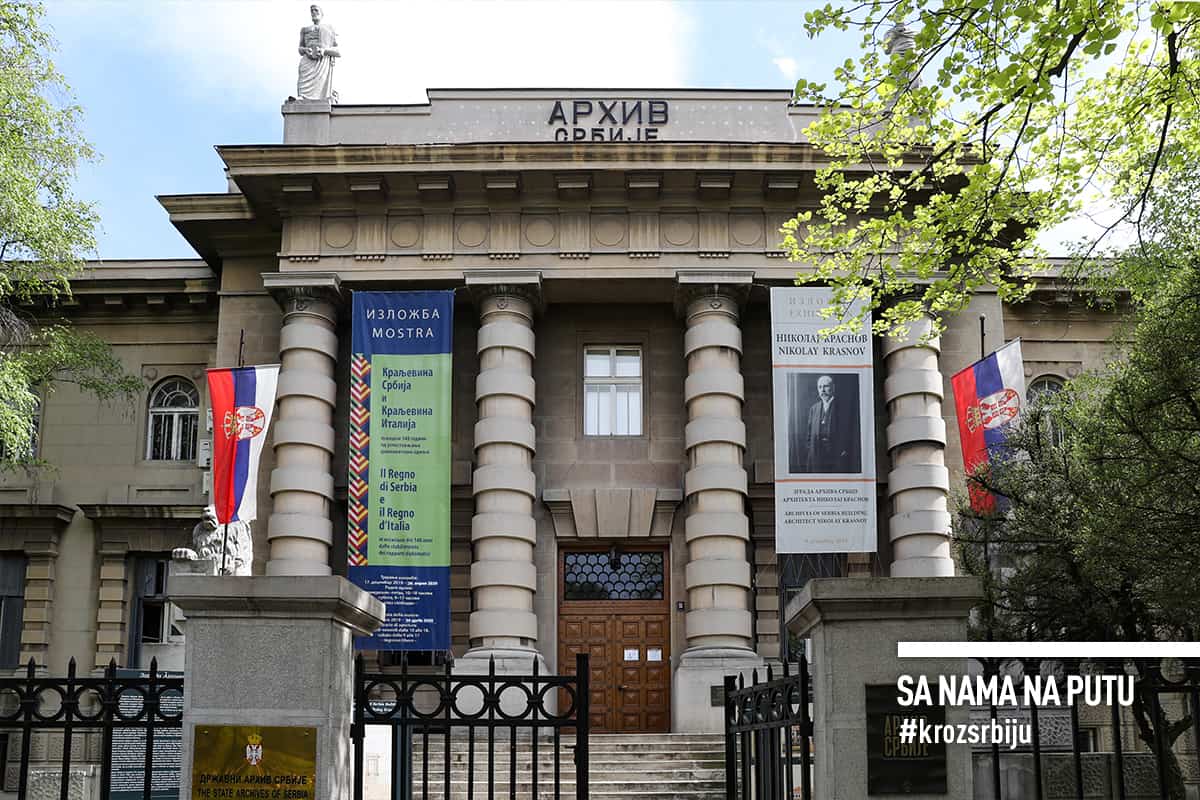
2. Because Samoylov brought the spirit of modernism
He was brought up in a wealthy, respectable Cossacks family. He fled from Crimea on the last ship and reached Belgrade, where he took up his studies. An artist with many talents. He is the creator of the first “glass” building in Belgrade, former Jugobanka at Kralja Petra Street, surrounded by older neighbouring beauties. He is also the creator of another impressive edifice with facade glass areas, the Faculty of Mechanical Engineering building, whose interior is particularly interesting due to the hall lighting. He also designed the Pension Fund building in Terazije Square, which he was adapting to the requirements of Theatre-on-Terazije in the last year of his life and designed the acoustics and air conditioning of the room by himself. He decorated one of the most representative edifices in Belgrade, Moskva Hotel, with stained glass, inspired by Russian fairytales, and stone mosaics containing traces of Russia, Moscow and Serbia, his new homeland.
Grigoriy won the award of the City of Belgrade for one of many villas he designed in Senjak. He worked on the reconstruction of SANU building and SANU gallery. He completed around 180 projects over six decades. He was buried in the Russian necropolis at the New Cemetery in Belgrade.
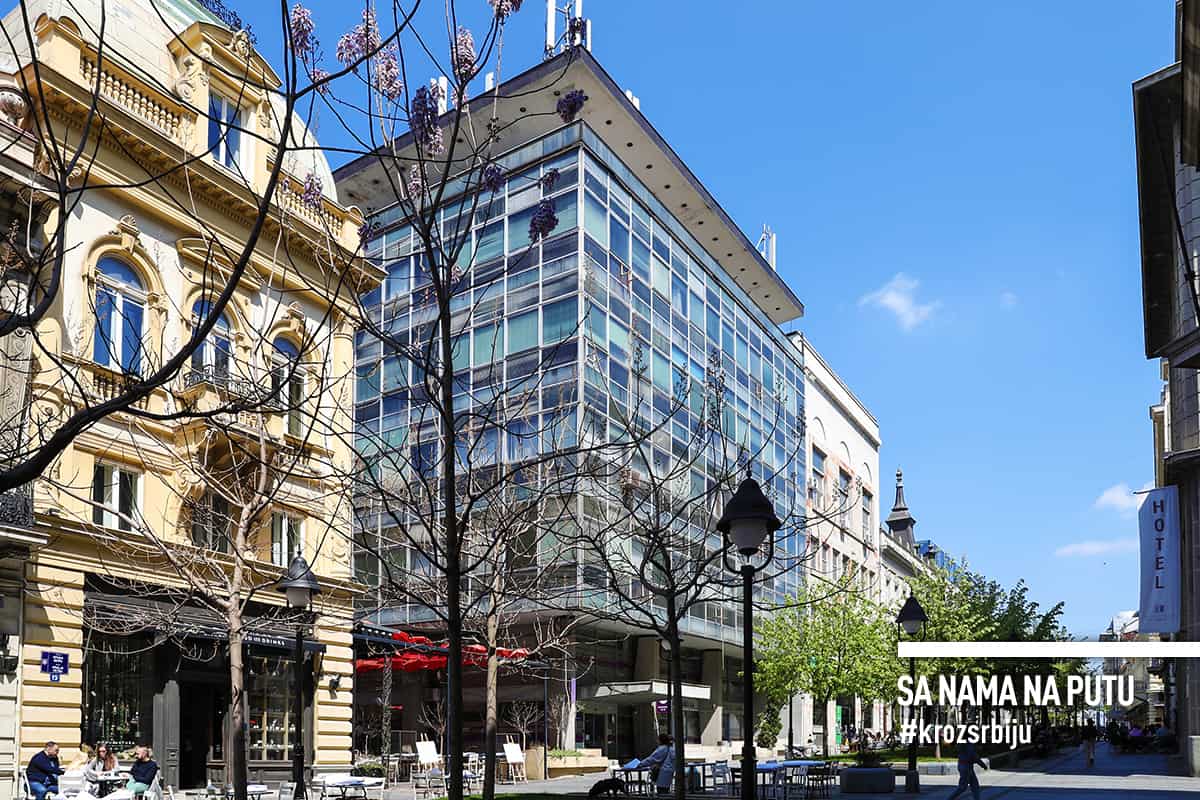
3. Because Baumgarten made a home for Russians in Belgrade
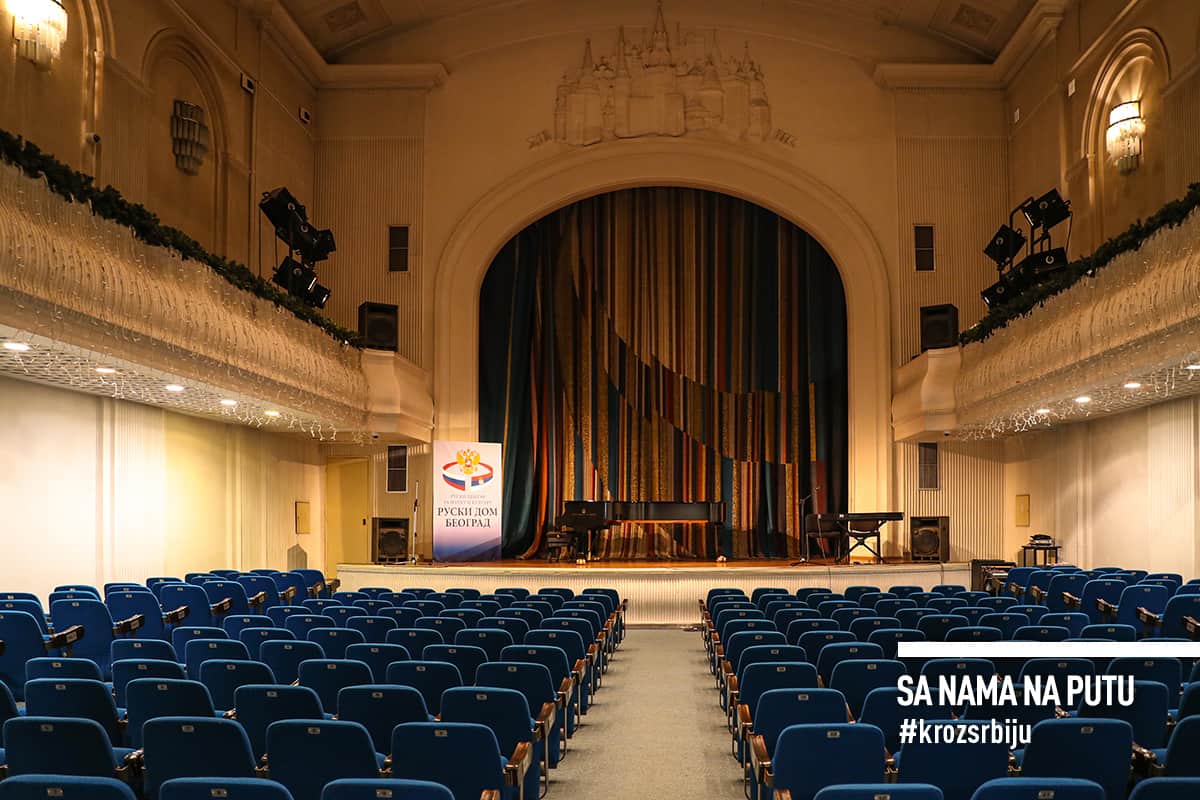
Over Turkey, from Saint Petersburg to Belgrade, where he worked in the contemporary Royal Army. The magnificent edifice has adorned the capital’s Kraljice Natalije Street since 1933. He made it for the newly created Russian community in Belgrade. For gatherings, socialising, nurturing their tradition and culture. One of the largest and oldest spiritual Russian centres outside the fatherland. It has changed names. Now, this is the Russian Centre of Science and Culture in Belgrade. However, it is still the Russian House for everybody else. The place where people always like to go and whose door is always open. He also entrusted Belgrade with the headquarters of the General Staff of the Royal Yugoslav Army, which was declared the most beautiful building of the capital in 1937, and protected as cultural property later on. After WWII, Vasily moved to Argentina.
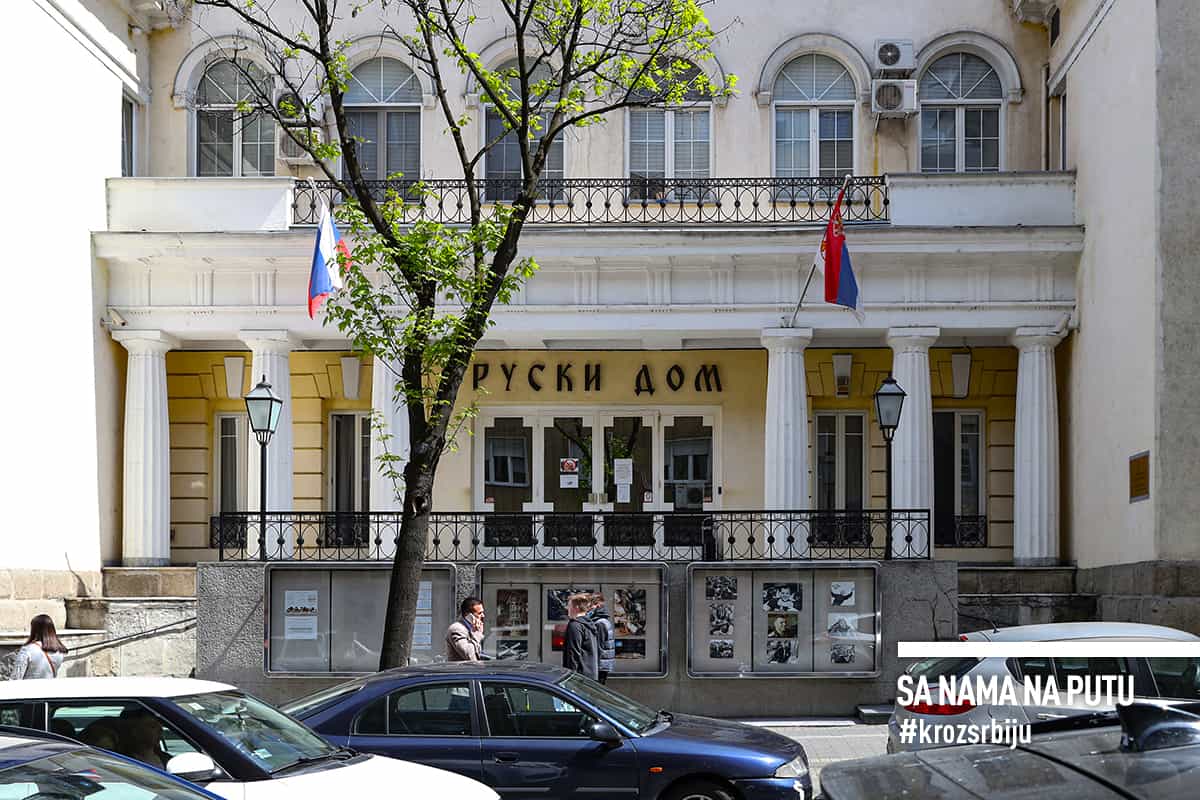
4. Because Stasevskiy is the creator of the Russian sanctity in Tašmajdan
He was born in Saint Petersburg, where he acquired the title of civil engineer. He was a colonel in the Russian army. Apparently small, but great Russian sanctity has found its place in the favourite park of the citizens of Belgrade, behind the St. Mark’s Church. The Church of the Holy Trinity. Built in 1924 according to the design of Stasevsky. Typical Russian sacral masonry, tucked in greenery. A lump of Russian land was placed in the foundation, the anti-Bolshevik leader, baron and general Pyotr Wrangel was buried in the crypt upon his own request, and a piece of a wool scarf of Tsesarevich Alexei Romanov is stored in the frame under glass.
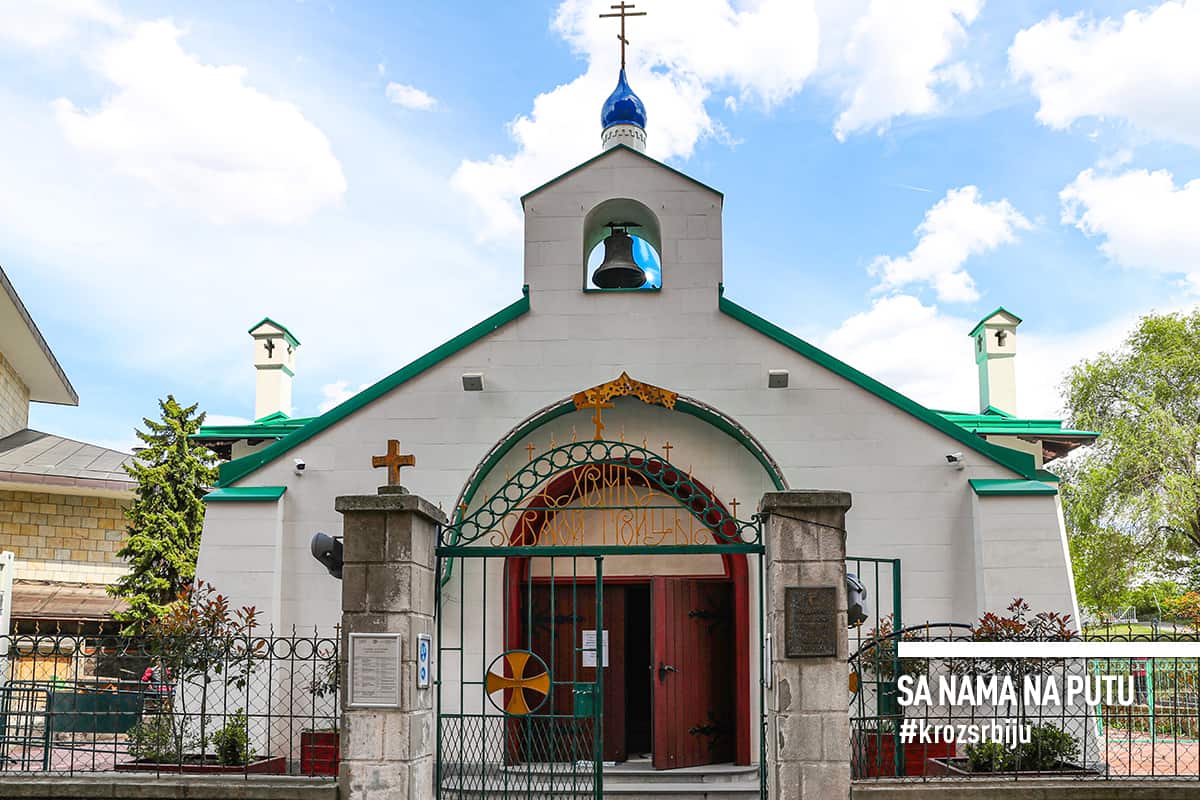
Valery is also the creator of the first modern garage downtown, where cars of participants of the first Belgrade international motor and motorcycle race, held in 1939, were kept. Today, this is the Automobile Museum. Afterwards, he worked on his own and designed a lot of residential houses, settlements and mansions. He went bankrupt because of one private venture and lost reputation in his profession. He continued to create under other people’s names, hence it is considered that he left a lot more to Belgrade than evidenced by the preserved documents. After WWII, he moved to Morocco.
5. Because Vasilyev fitted a castle within a fortress
There is not much information on Aleksey. However, we know that he is responsible for the building of today’s Military Museum. He designed in the style of middle-age castles and perfectly fitted it in the historical ambience of the Belgrade Fortress. It has mostly preserved its original appearance so far. He showed up like a wizard, drew a castle with his magic wand and disappeared leaving no trace.
6. Because Verhovsky perpetuated Serbian heroes
He graduated from College of Arts of the Imperial Academy of Arts in Saint Petersburg, and moved to Serbia in 1920. Monument to the Defenders of Belgrade 1914-1918, the most significant form of gratitude to fighters of the Great War in Belgrade, was made upon Roman’s drafts. As regards dimensions, number of ornaments and expressive symbolism, it is one of the most splendid memorial facilities in Serbia. It presents the power of people. Of the Serbian soldier, winner, detached chains of slavery, and one white and one black eagle as the symbol of triumph of good over evil. Bones of 3,529 known and 1,074 unknown heroes are kept in the crypt of the Memorial Ossuary. According to the creator’s idea, the message of the monument is as follows: Let there be eternal glory to arms and the winning hero, to whose honour this monument was built. An extraordinary sculpture, hidden from the eyes of the citizens of Belgrade and visitors. It deserves much more conspicuous and visible location, in historical and art terms.
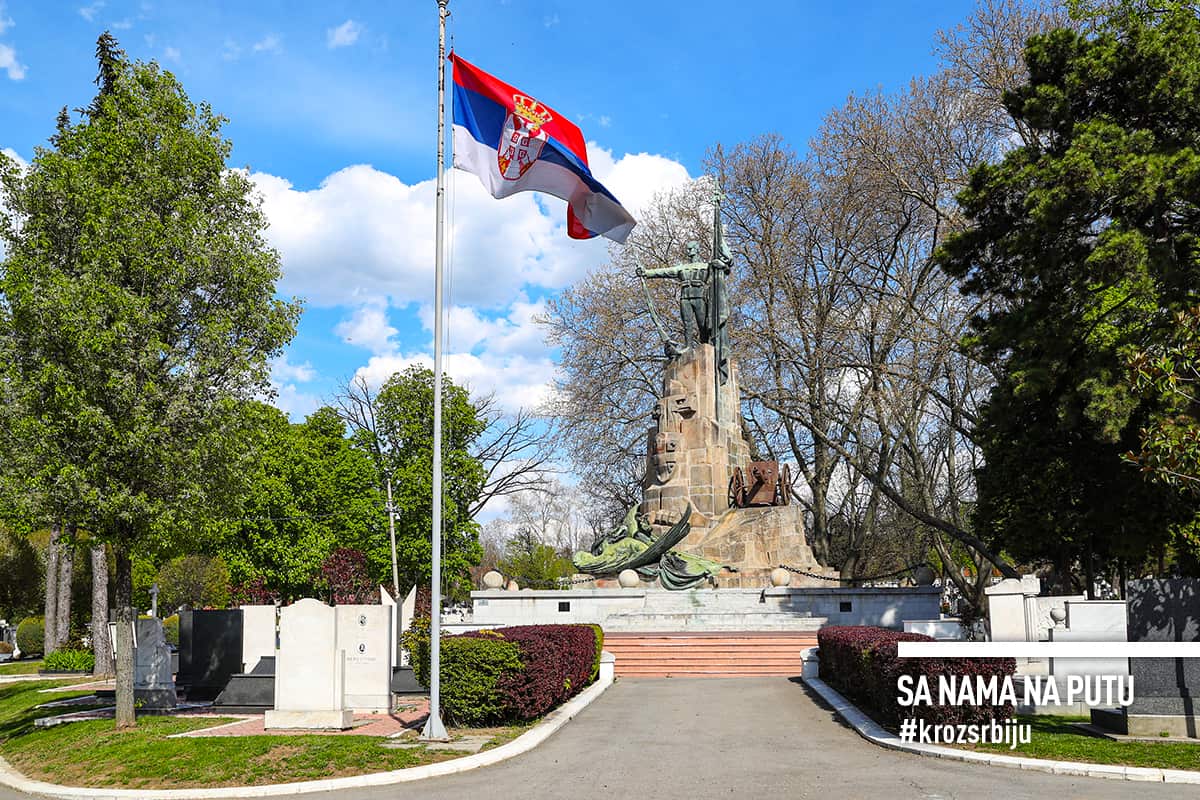
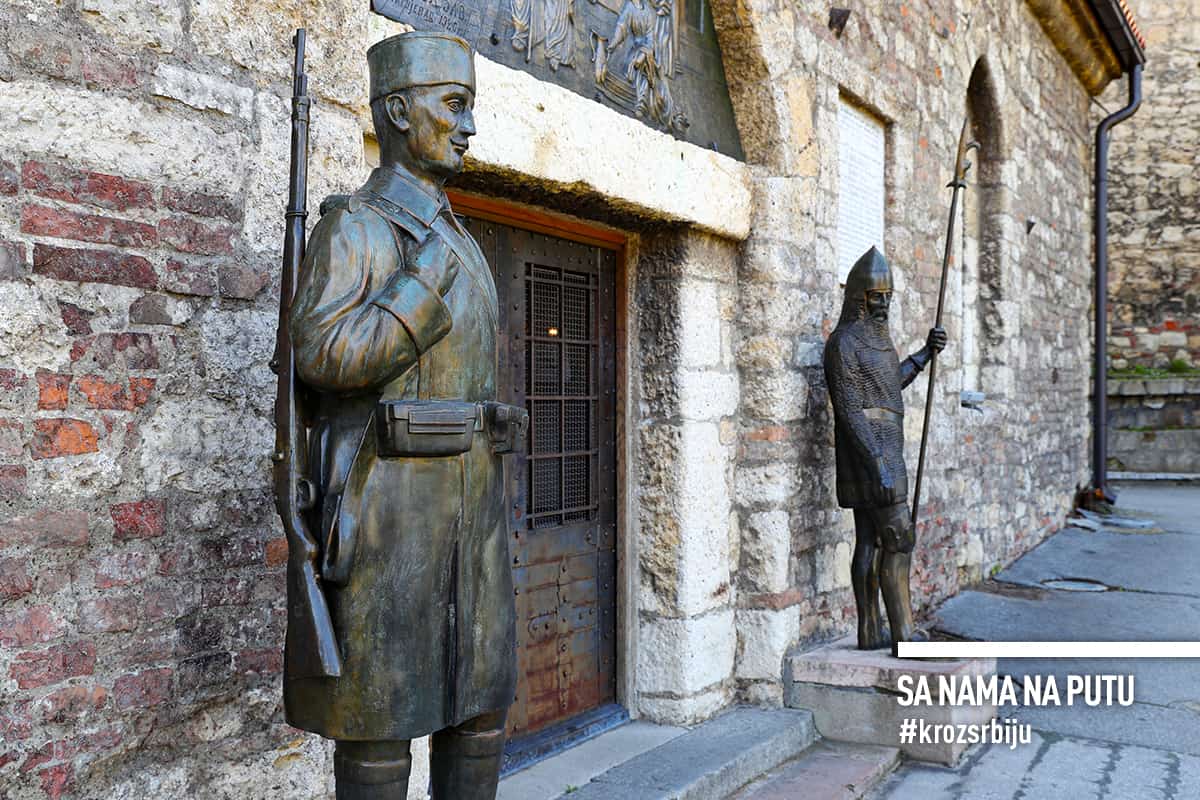
7. Because Kolesnikoff made the National theatre magical
The famous painter arrived in Serbia after WWI and was soon required to paint the ceiling of the auditorium in the National Theatre building in Belgrade. He chose baroque composition, rich in colours and classic antique topics glorifying theatre as the temple of art. The ceiling was damaged during the fascist bombing in 1941 and was completely removed during the post-war reconstruction, which made the artist very disappointed. However, during the last great works performed in 1986, the ceiling was reconstructed on the basis of preserved sketches. Unfortunately, Stepan Fedorovitch Kolesnikoff did not live enough to see the revival of his work.
He painted ceilings and walls of many buildings, and his paintings are today kept in the largest museums all over the world. He was buried with his compatriots at the New Cemetery in Belgrade.
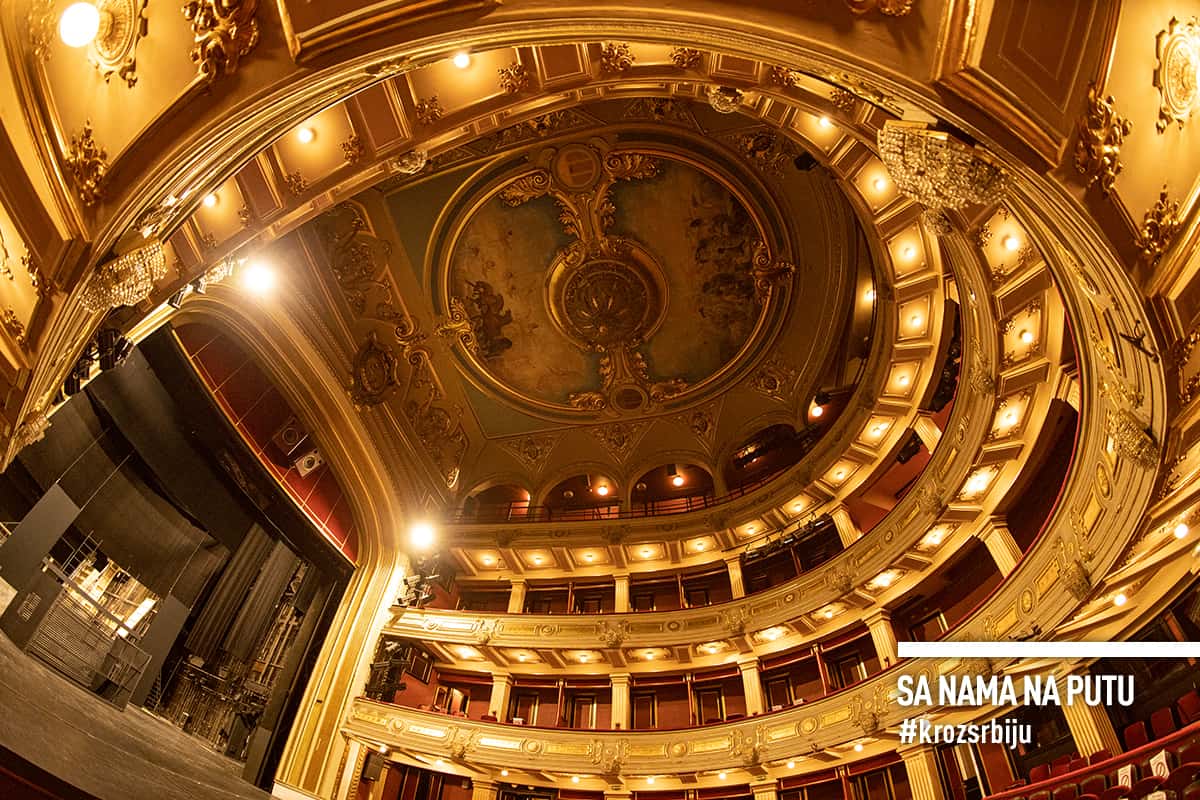
8. Because learning Russian does not have to be rocket science
Cyrillic script, cases, tenses, many seemingly identical or only similar words represent a stage where well-known friends – Serbian and Russian languages have been playing for centuries. This dance of genetically related Slavic languages may be seducing. In the blink of an eye, they turn from Kozachok to Moravac, then to Russian Quadrille, and in the end to Kukunjes. They mix up the steps and in no time, a familiar sound of a word causes a surprise or laughter. An while your Russian dance partner is trying to explain “bukva”, you will think of a deciduous tree with a lush treetop.
To understand each of these dances and learn steps for dancing with the Russian language, the Centre of Russian Geographical Society and NIS prepared a Stident’s Book for learning Russian called “Ни пуха ни пера!”. NIS funded its entire development within NIS programme called “Knowledge Energy”. This book will show you the easiest way to acquire the Russian language at the beginner level through modern learning methods. A PDF version of the book and audio materials may be downloaded for free: https://www.nis.rs/ruski-jezik-udzbenik/
Start dancing confidently and slide into a harmonious dance of learning Russian!
“Ни пуха ни пера!”
We are certain that the Russian language knowledge will make exploring the Russian heritage even more fun. See you again in the new episodes dedicated to the Russian heritage in Serbia.
